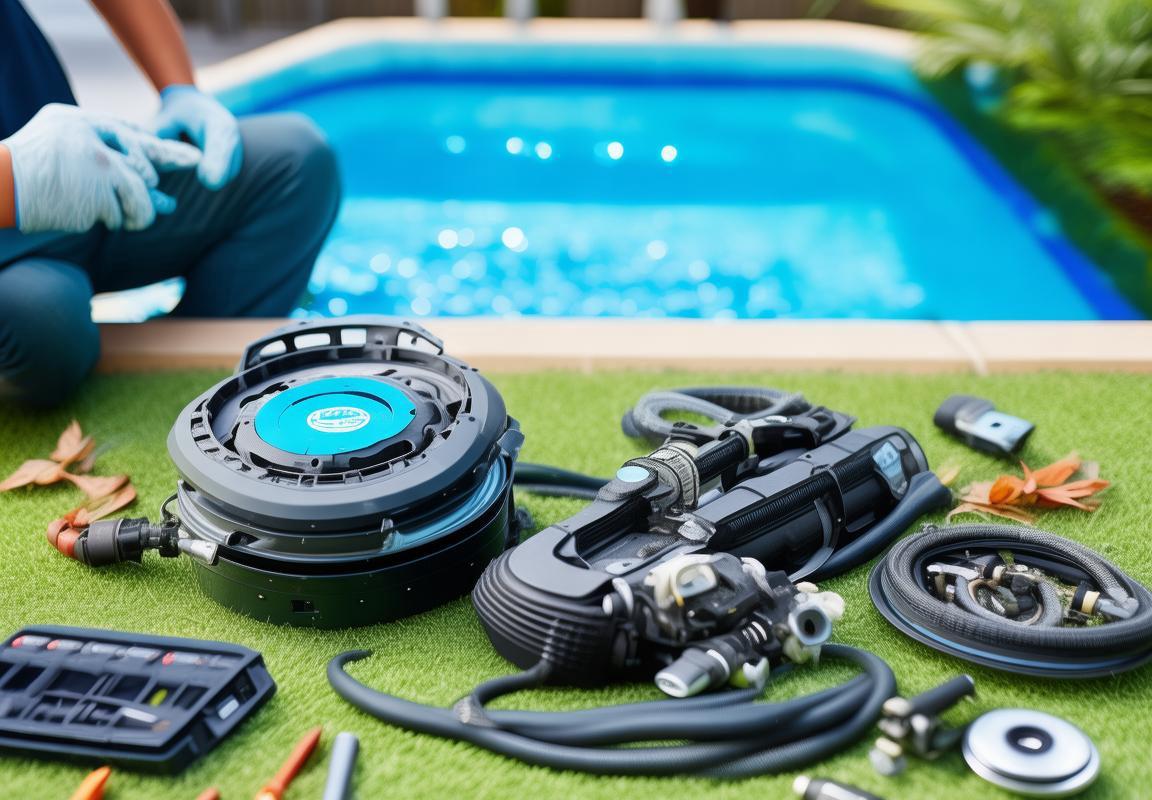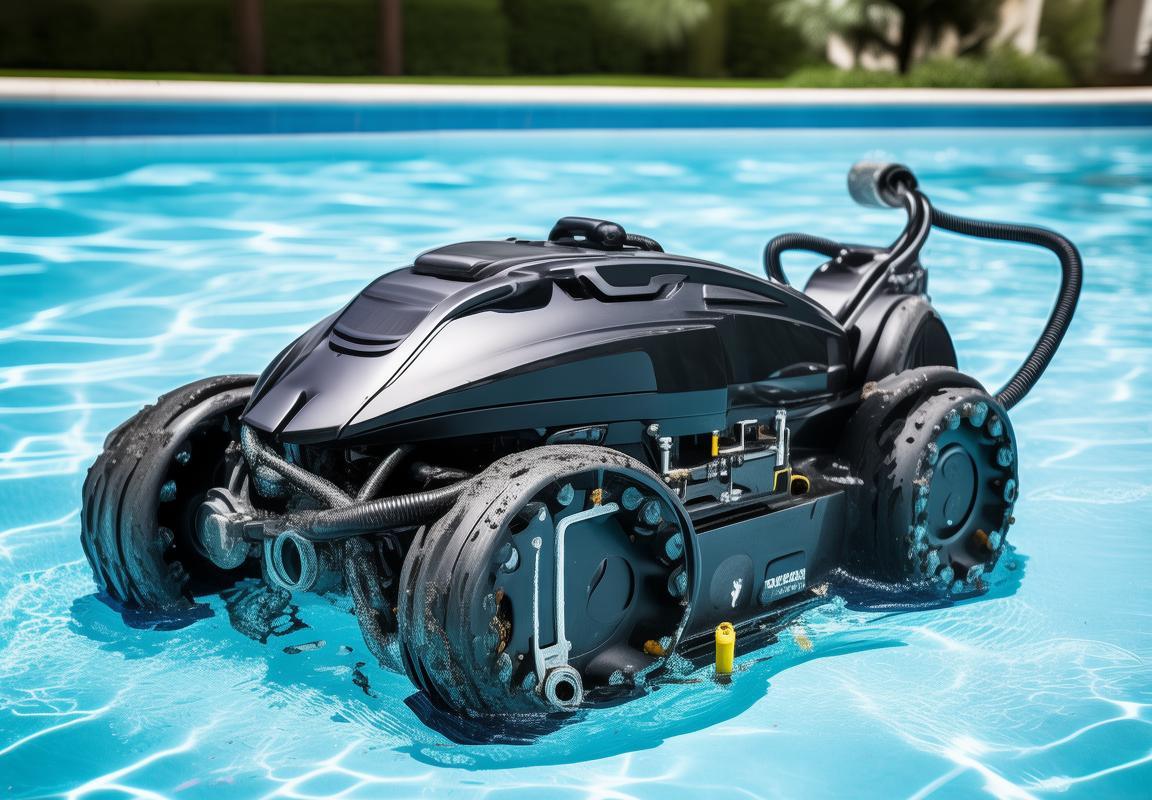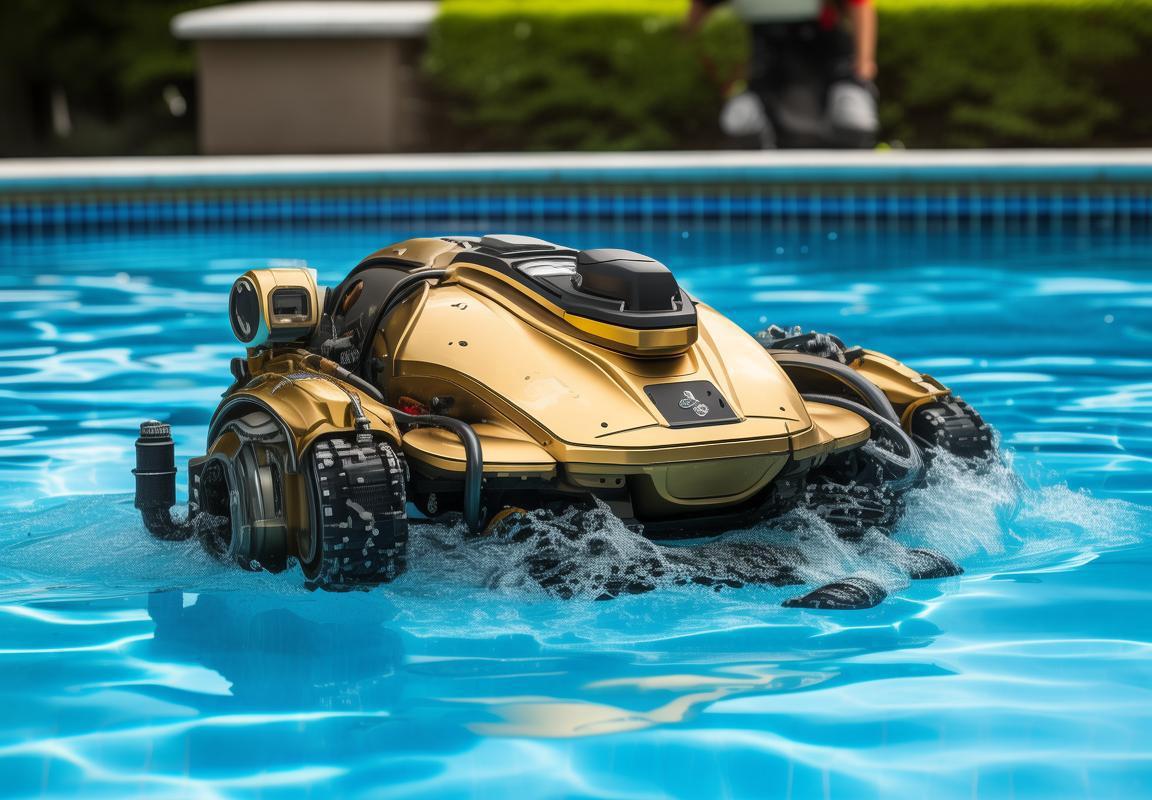Polaris 280 Troubleshooting: Common Problems & Essential Parts for Pool Cleaner Repair – Ultimate Maintenance Guide
If your Polaris 280 pool cleaner is acting up—moving slowly, getting stuck, or leaking—common issues are easy to fix with basic troubleshooting. The drive belt (a frequent wear-and-tear part) often stretches or snaps, causing sluggish movement; replacing it takes minutes. A faulty backup valve may prevent reversing, while a clogged hose reduces suction—flush it with water or check the tail scrubber. Leaks at connections usually mean a worn swivel seal; replace it and apply silicone grease. Worn wheels hinder climbing, and a failing float valve can cause flipping. Always check pump pressure (20-28 PSI) first—low pressure mimics cleaner malfunctions. For repairs, keep key parts for Polaris 280 pool cleaner on hand: belts ($10-$20), backup valves ($15-$30), and seals ($8-$12). Avoid generic parts—OEM lasts longer. Pool maintenance tips include rinsing hoses monthly, storing the cleaner in shade, and limiting runtime to 3-4 hours daily. Refer to this pool cleaner repair guide for quick fixes, and address small issues early to avoid costly breakdowns.



